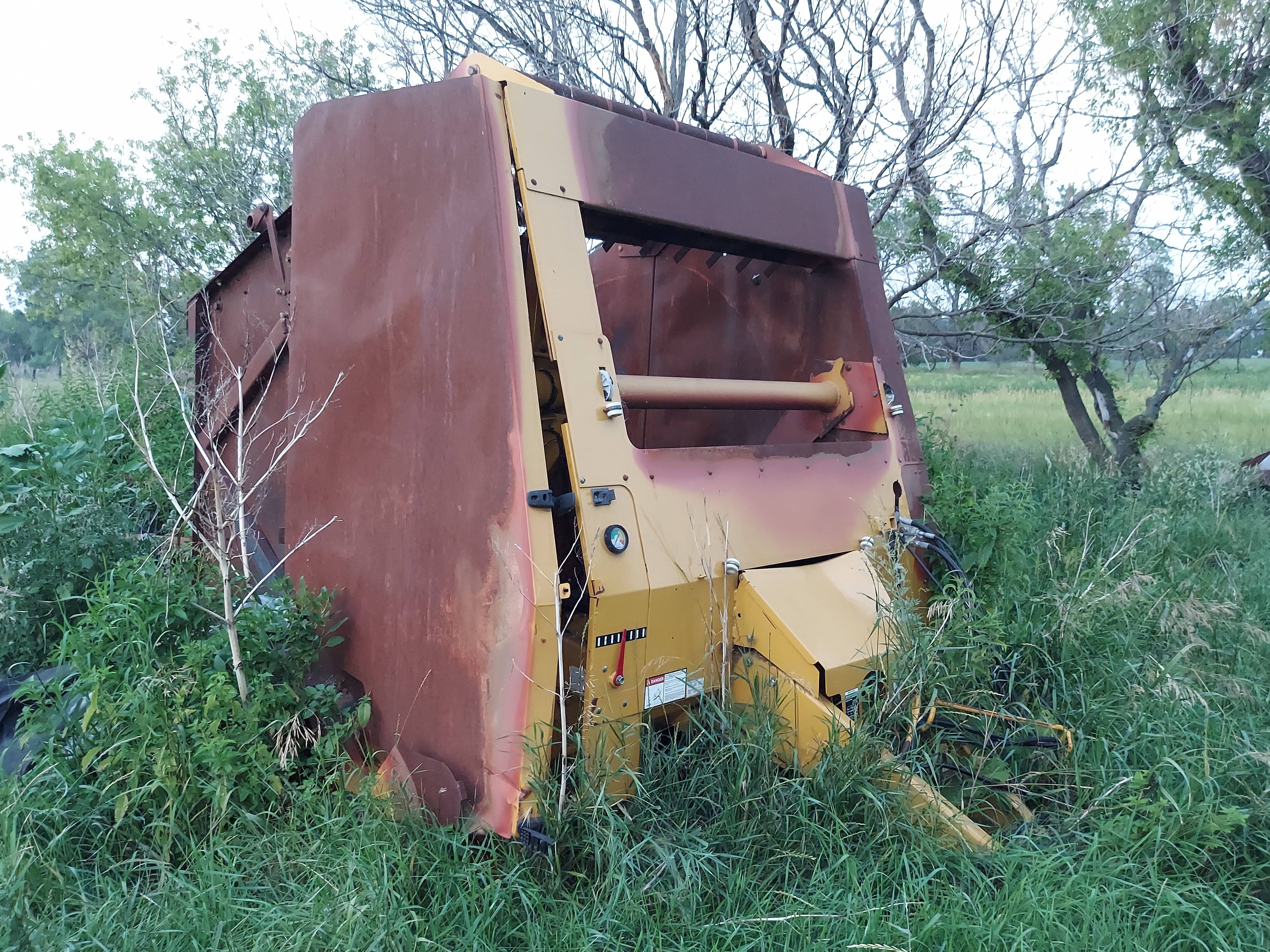
The drought is increasing the risk of baler fires this year. (NDSU photo)
FARGO, N.D. (NDSU Extension) – This summer’s hot, dry weather is increasing the risk of a fire while baling hay.
Other factors that can contribute to fires are poor maintenance of the balers, baler breakdowns, friction and static that can build up during baling and baling while hay is dry. Also, producers may have driven a long distance from the farm to the field, then parked their pickup near the baler. Heat from the pickup’s exhaust can catch nearby grass on fire.
“It’s just creates the recipe for disaster,” says Kindred (N.D.) Fire and Rescue Chief Rich Schock.
“Prevention measures don’t have to be complex,” says Angie Johnson, a North Dakota State University Extension agent in Steele County and Extension’s farm and ranch safety coordinator.
A common cause of baler fires is mechanical issues, primarily problems with bearings within the baler. She recommends the first step in preventing baler fires is to conduct a visual assessment by walking around the baler. Use that visual assessment to inspect bearings, chains, hoses and belts for wear and make sure net wrap and twine used to wrap around bales isn’t wrapping around the rollers.
“Also during your visual assessment, if you see purple discoloration of the rollers on your round balers, this can be a sign of a ‘hot spot’ on the baler,” she says. “These ‘hot spots’ are indicators that the bearing might be wearing out and needs to be replaced.
When evaluating baler belts, checking for belts that may have become loose around the rollers is important. If a belt becomes too loose, it starts slipping on the rollers, which causes friction. That friction can allow dust particles, loose material and the bale inside the baler chamber to ignite.
Other preventive measures include lubricating chains and gears properly and using an air compressor to blow dry matter, such as leaves, dust and plant stems, off the baler after every 50 to 75 bales. The baler’s operators manual will provide the best maintenance schedule for the baler.
Producers also should carry a fire extinguisher and make sure it is working correctly, Johnson says.
In addition, producers should let others know their plans before going out to bale hay so that if they don’t return when they said they would, someone can check on them to make sure they are OK. This also means you should carry a fully charged cellphone with you while baling.
Schock urges people to call 911 immediately if a fire starts because firefighters can help contain the fire quickly and lessen the extent of the damage. A baler can be replaced; a life cannot, he says.
